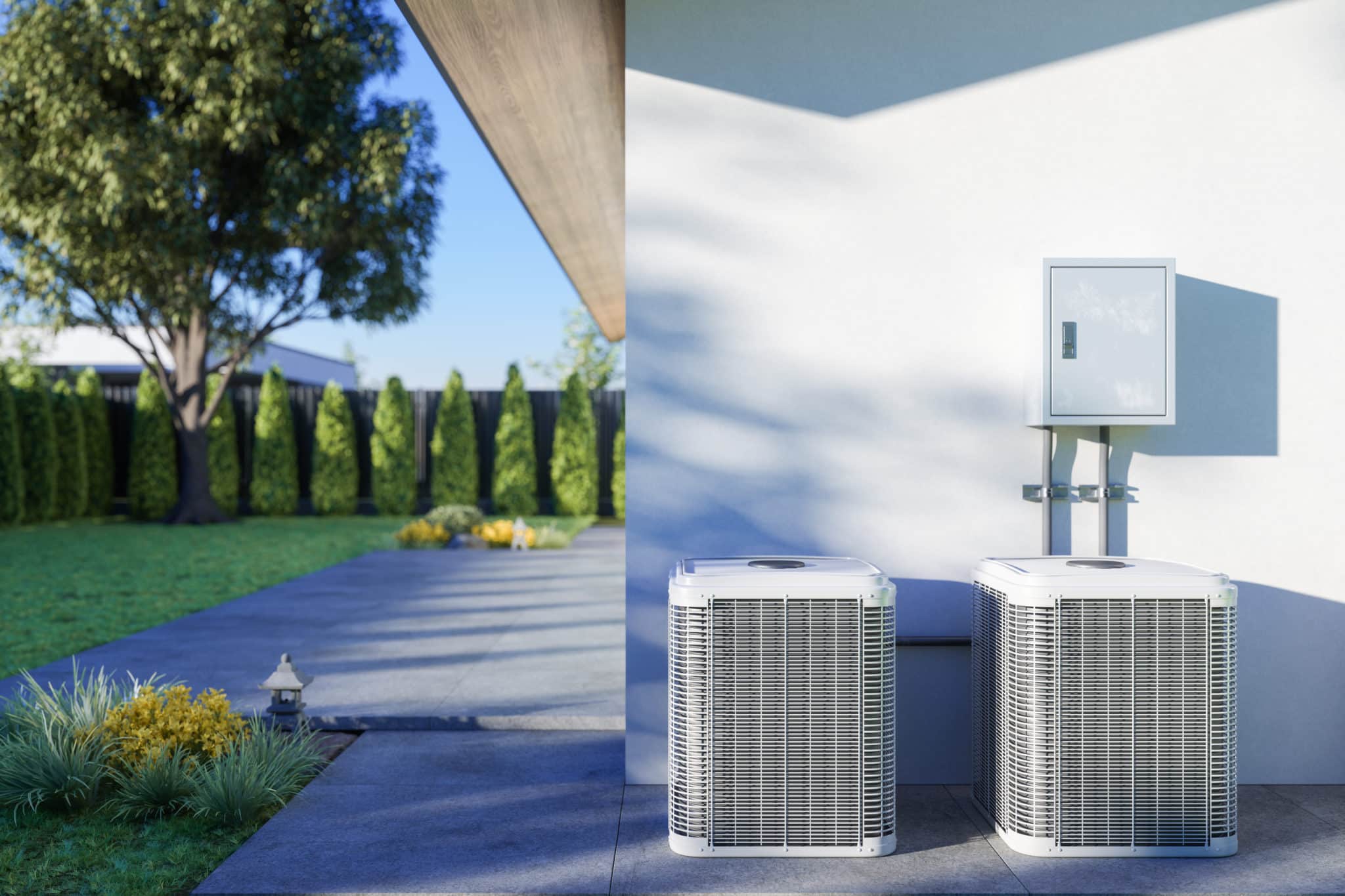There are over 105,000 heating, ventilation, and air conditioning (HVAC) companies in the United States, and each has their own approach to the way they pursue, manage, and account for their business. While there are a few bigger players, most are smaller organizations with a lean back office and minimal accounting and financial reporting experience. While this is an adequate setup for day-to-day operations, it likely prevents the owner from taking the next step to operate, grow, and potentially sell their business.
Over the next few weeks, the team at CFOx will walk through some of the accounting improvements that can be made to help an HVAC company take those next steps. Since most companies have minimal accounting background, the biggest challenges will be training behaviors and thought processes, as this will likely be the first time the company has been exposed to accrual basis accounting. Owners will be very attuned to their day-to-day operations and cash management, likely through their Customer Relationship Management (CRM) tool, but accounting concepts such as accounts receivable, deferred revenue, accrued expenses, and depreciation will be likely be unfamiliar.
ACCOUNTING FOR HVAC
The first step in implementing accounting improvements is to determine whether the company is operating under cash or accrual basis accounting. If the answer is cash basis accounting, then a cash-to-accrual conversion should be pursued. While it is unlikely this will create a large change in the P&L, due to the nature of typical HVAC jobs, it is certainly important to have the revenue and expenses aligned in the proper period.
REVENUE
While revenue recognition is the most important piece of accounting for HVAC, it isn’t necessarily complicated. Most HVAC jobs are related to the installation of Heating/AC units and the overall maintenance of these units and the system at large; these are typically done in a short period of time, and revenue is recognized once a job is completed.
While it may not be entirely accurate to apply this blanket approach, the extra work to track a handful of jobs will produce immaterial results and is likely not worth the effort. However, if the company is primarily centered around large-scale commercial jobs with longer time horizons, then this approach should be reevaluated, based on current accounting guidelines.
Long-term projects
Depending on the specific service that an HVAC company provides, it is not common to encounter long-term projects. Long-term in this instance would be spanning multiple months of financial statements. As mentioned previously, the nature of most HVAC work is installation of Heating/AC units and overall maintenance of these units and the system at large; these are typically done over a short time period.
In an installation capacity, we would primarily expect to encounter longer-time projects on larger commercial construction jobs with multiple units to be installed. In this case, each unit would be considered a separate performance obligation, and revenue would be recognized as the work on each unit is completed.
If a maintenance project were to extend over a longer-time horizon, we would typically bill for time and expense incurred, based on the right to invoice practical expedient outlined in the accounting guidance. The argument here is that the amount invoiced corresponds directly with the value to the customer of the company’s performance to date. Again, we wouldn’t expect to see these often, and when encountered, each contract should be reviewed individually to ensure the treatment outlined is sufficient.
Cutoff
Because of the short-term nature of most jobs, and the fact that invoicing occurs immediately through the CRM system, cutoff is typically not a big issue with HVAC companies. We can lean on the company’s CRM system to generate an invoice upon job completion, and that invoice and date will get pushed into the accounting system, thereby ensuring the revenue is recognized in the correct period. Occasionally there can be a handful of lagging invoices, and these should be reviewed through a lens of materiality to determine whether they should be moved into the prior period. However, in all likelihood, these will be immaterial to the monthly results.
The CRM and the internal control environment should be analyzed upon kickoff of the project. If the invoicing process does not operate as outlined above, then increased focus on cutoff will be necessary. However, the primary focus should be in improving the internal control environment and the input process, not on the back end correcting reporting at the end of the month.
Deferred Revenue
Deferred revenue will likely be the area of greatest focus when instituting accrual basis accounting at an HVAC company. While this can be a big revenue and customer acquisition driver, if the accounting is being done on a cash basis, revenue recognition has likely been incorrectly accelerated.
Some companies offer yearly maintenance plans to customers where, for a flat fee, customers are given a certain number of “maintenance” visits. For illustrative purposes, suppose that for $150 a year, a customer is entitled to three maintenance visits. Prior to conversion to accrual basis accounting, the $150 was likely being recognized as revenue upon cash receipt, even though no performance obligations had been completed.
To correct this, each “visit” should be assigned a portion of the $150; it is easiest to give each the same value. Even if the visits are different types (say, 2 HVAC and 1 Plumbing visit per year), the argument should be made to split them evenly for expediency-sake, as it is substantially easier for accounting purposes. This split should be made in the CRM tool and pushed through to the accounting system.
When a membership is sold, it will create a debit (increase) to cash and a credit (increase) to deferred revenue. When a visit occurs, an entry will be made to debit (decrease) deferred revenue and credit (increase) maintenance revenue. This can be a tricky process and should be monitored closely to make sure revenue is only being recognized when a visit occurs. Upon expiration of the membership, if a customer has visits remaining, the remainder of the deferred revenue should be recognized.
Complete conversion of the deferred revenue process will likely take some time, depending on the length of each membership. When you make the change in the CRM, it will apply only on a go-forward basis; there will still be a deferred balance from older contracts that will need to be wound down. This will need to be done manually via Excel and will likely be the biggest time commitment during month-end close, until all the old memberships roll off.
“Free” Maintenance Plans
As a sub-category of these deferred maintenance plans, companies will often give a “free” year membership for newly installed systems. A portion of the revenue from the sale of the system will need to be set aside as deferred revenue and recognized in the same manner outlined above. This can be done through the CRM. We suggest working with the owner to setup their CRM system. Essentially, there will be a line item on the invoice for “Maintenance Plan” which will go to deferred revenue, and a second “Discount” line item for the same amount, which will go to a “Discount” bucket on the income statement. The deferred revenue will then be recognized over time as outlined above.
Stay tuned for Part 2 of CFOx’s “Accounting for HVAC Companies” series, where we discuss the intricacies of accounting for expenses, and the value of Job Costing to the company’s operations.




